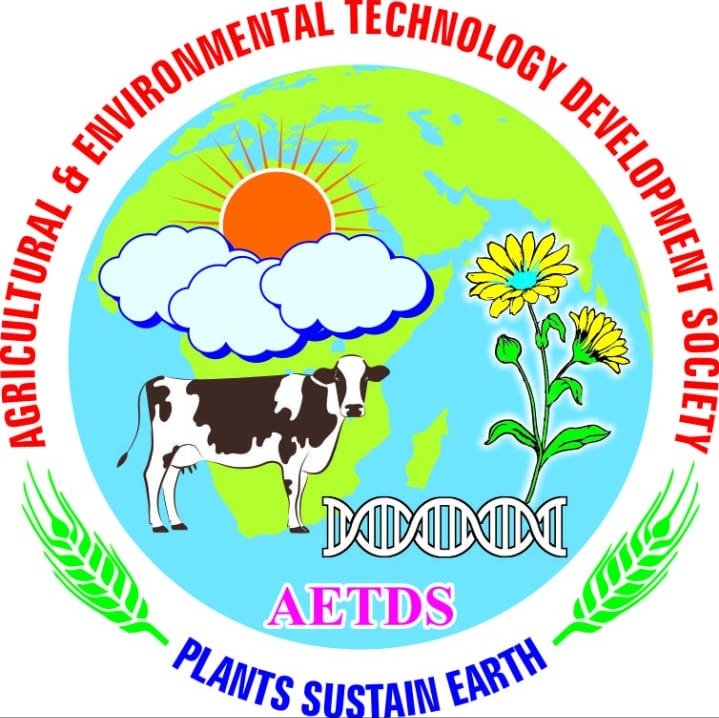
Secretary
Agricultural & Environmental Technology Development Society
Contact
Copyrights © 2024 All Rights Reserved. Powered by AEDTS

International Journal of Agricultural and Applied Sciences, June 2023, 4(1): 143-149
ISSN: 2582-8053
https://doi.org/10.52804/ijaas2023.4124

Research Article
Effect of Increasing Phosphorus Doses Application on Some Physical, Chemical and Biological Properties of Soil, Under Long-Term Experiment Conditions.
Mehmet IŞIK1,*, Serra ALDOĞAN1, Mert SÖNMEZ2, Seher İLHAN1 and İbrahim ORTAŞ1
1Department of Soil Science and Plant Nutrition, Faculty of Agriculture, University of Cukurova Adana, Turkey
2Department of Plant Protection, Faculty of Agriculture, University of Cukurova Adana, Turkey
*Corresponding author e-mail: isikm@cu.edu.tr
(Received: 04/02/2023; Revised: 23/05/2023; Accepted: 26/06/2023)
ABSTRACT
Phosphorus (P) fertilizers are produced from rock phosphate (apatite); however, they are low-mobility in soil for plant nutrient absorption and uptake. In addition, the rock phosphate quantity is a limited source for future P fertilizer. At the same time, high phosphorus fertilization will cause environmental pollution (such as eutrophication in rivers). Also, a great proportion of applied P fertilizer remains in the soil, reducing the viable soil organisms. Therefore, the effect of different doses of P on some properties of soil (physical, chemical, and biological) is not entirely understood in the literature under long-term experiment conditions. Also, phosphorus fertilizer applications indirectly decrease the plant growth and yield. Under long-term experimental conditions, this research aims to understand the effect of increasing P doses on some physical, chemical and biological properties of the soil. The hypothesis to be tested is that under long-term field experiment conditions, increasing doses of phosphorus fertilizer negatively affect the soil properties. The field experiment was established in 1998 and has continued uninterruptedly to the present time under maize and wheat rotations. Four doses of P fertilizers were applied; such as 0, 50, 100 and 200 kg P2O5 ha-1 application with three replications. P2105 Maize (Zea mays L.) species seeds were sown in June 2022 and harvested in November 2022. At harvest, the soil samples were taken at 0-15 cm and 15-30 cm depth in each plot. Soil pH, EC and available P were analyzed as soil chemical properties. The number of mycorrhizal spores and Soil Organic Matter (by walkley-black method) were determined as soil biological properties. Furthermore, soil bulk density (BD), water stable aggregated (WSA) and mean weight diameter (MWD) were analyzed as soil physical properties.
Phosphorus application in increasing doses negatively affects the soil physical properties (such as WSA, MWD and BD) under long-term field experiment condition. The research finding showed that depending on increasing P doses application soil WSA and MWD were decreased but BD was increased. While depending on increasing P doses application soil organic carbon is increased, however, the numerical value of mycorrhizal spores and root colonization was decreased. The results are revealed that for sustainable and eco-friendly crop production, 50 and 100 kg P2O5 ha-1 P fertilizer can be used in maize production.
Keywords: Long-term field experiment, Soil organic carbon, Maize plant, Soil MWD, WSA, Phosphorus doses fertilizer